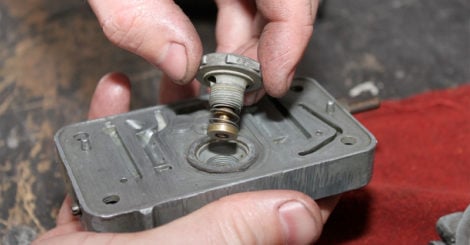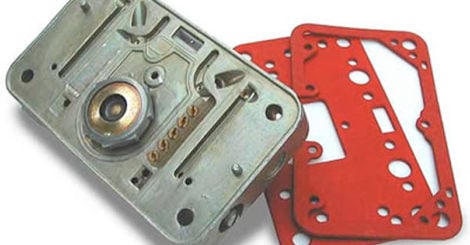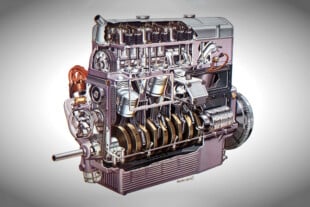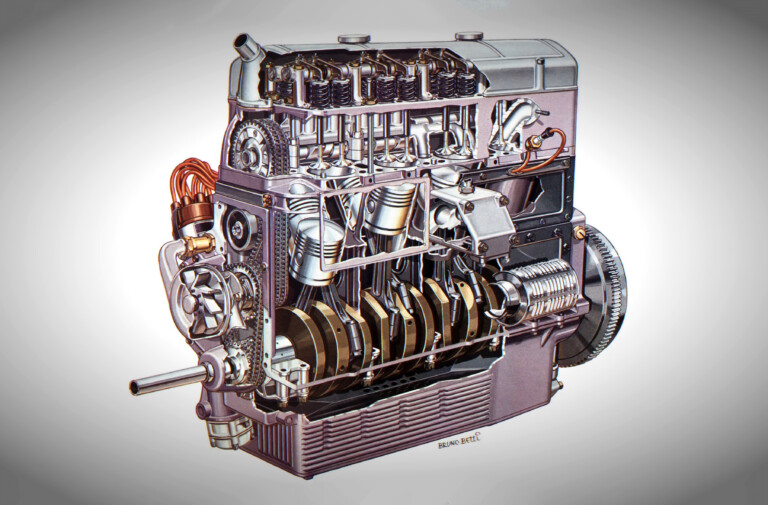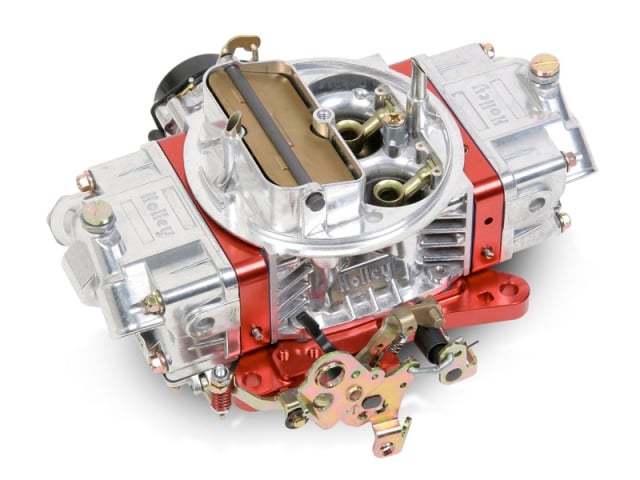 Many carburetors will bolt onto your intake manifold straight out of the box, and require just a fuel line and throttle linkage, and perhaps a vacuum line and/or PCV hose, and you’re ready to roll. That works fine for a street engine, or a very mild build, as many carburetors are designed to work for typical street set ups.
Many carburetors will bolt onto your intake manifold straight out of the box, and require just a fuel line and throttle linkage, and perhaps a vacuum line and/or PCV hose, and you’re ready to roll. That works fine for a street engine, or a very mild build, as many carburetors are designed to work for typical street set ups.
Even still, that doesn’t mean that these carburetors can’t be tuned for better performance and economy, and Summit Racing’s On All Cylinders blog shows you just how to do it. For this video above, Norm shows you how to tune and replace the power valve on your Holley-style four barrel carburetor, and gives some good tips on how to select a proper power valve, and how they work.
The po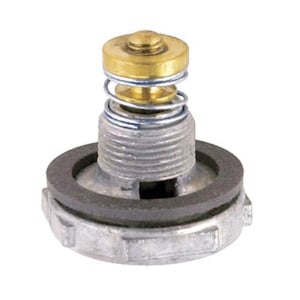 wer valve on a carburetor is almost self-explanatory, it’s a valve inside the carburetor (typically on the primary metering block) and it provides power in the form of additional fuel when it’s opened. Basically, it’s a fuel enrichment system that provides extra fuel when you’re getting into the throttle. How much fuel is controlled by the Power Valve Channel Restrictions (PVCR), but the power valve simply opens and closes to allow fuel flow.
wer valve on a carburetor is almost self-explanatory, it’s a valve inside the carburetor (typically on the primary metering block) and it provides power in the form of additional fuel when it’s opened. Basically, it’s a fuel enrichment system that provides extra fuel when you’re getting into the throttle. How much fuel is controlled by the Power Valve Channel Restrictions (PVCR), but the power valve simply opens and closes to allow fuel flow.
The accelerator pump on a carburetor will supply that initial burst of extra fuel when you step on the gas, but it’s only momentary to keep the car from going to an immediate lean condition. The power valve operates separately and provides additional fuel when you’re still in the throttle after that initial burst.
Power valves are vital to the proper performance of a carburetor; when vacuum drops, the power valve operates much like an on/off switch and opens to allow more fuel flow. Once the vacuum has increased and stabilized, the valve closes and fuel is delivered through normal circuits. Without a proper functioning power valve, your carburetor goes too lean. By providing that additional fuel, it keeps the air/fuel mixture a little fatter where it needs to be.
When you’re at idle or at cruise, the engine vacuum is steady, and carburetors are designed to run a little lean at idle. But when you step on the gas – whether it’s moderate throttle or you’re punching it – engine vacuum drops. Power valves are rated in inches of mercury (Hg); for example: a 65 rating will coincide with 6.5 Hg. Based on the rating of the power valve, it will open to allow additional fuel when that engine vacuum is reached, and closes the circuit when vacuum is above the rating.
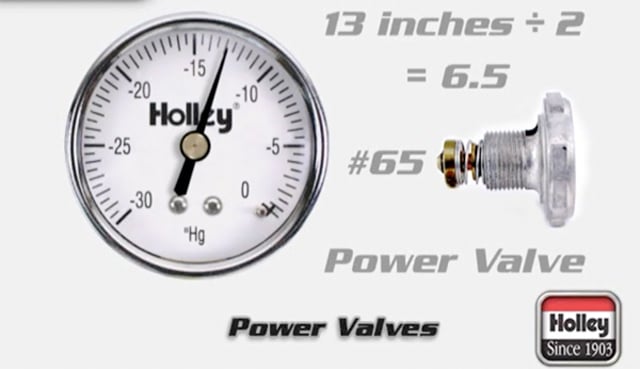 As Norm explains, you can have a single or dual stage power valve on your Holley-style four barrel. The dual stage power valve will allow you to get the extra fuel you need for moderate use of the throttle in the first stage, and with higher demands the second stage is opened to allow the additional fuel to flow.
As Norm explains, you can have a single or dual stage power valve on your Holley-style four barrel. The dual stage power valve will allow you to get the extra fuel you need for moderate use of the throttle in the first stage, and with higher demands the second stage is opened to allow the additional fuel to flow.
To determine the proper power valve rating you will need to test the vacuum of your engine at varying conditions. At idle, the engine must be fully warm and for a manual trans, check it at idle; for automatic check it with the car in gear, being sure to apply the parking brake. You will also need to check it at cruise, at various speeds, to help determine where vacuum is at higher rpms.
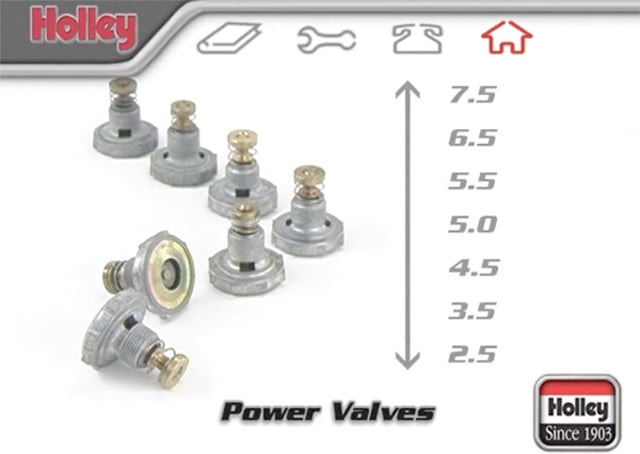 Whatever your reading is, there are a couple of different methods for determining the power valve rating, as described in the video. One method is using half of that vacuum reading. For example, 13-inches of vacuum divided by two (13/2) equals 6.5, or 65. If there isn’t a power valve for your reading, go to the next size down. Another method is to take that reading and subtract two (13-2) and going to the next lower power valve.
Whatever your reading is, there are a couple of different methods for determining the power valve rating, as described in the video. One method is using half of that vacuum reading. For example, 13-inches of vacuum divided by two (13/2) equals 6.5, or 65. If there isn’t a power valve for your reading, go to the next size down. Another method is to take that reading and subtract two (13-2) and going to the next lower power valve.
The methods vary, and it’s probably best to make sure you enlist some help if you’ve never taken a carburetor apart. But for those who are ready for tuning their carburetor, the video will help you to take things to the next level. Carburetor tuning isn’t the easiest thing to learn, but once you learn it you can keep your carburetor operating properly, efficiently and with better performance where you need it most. Be sure to check out On All Cylinders regularly for more tips like the one above.



